Biophilic design is 2021's most exciting new interior trend – how to use it in your home
Biophilic design is great news for our homes and gardens; architects and interior designers give their top tips on easily incorporating it into your home
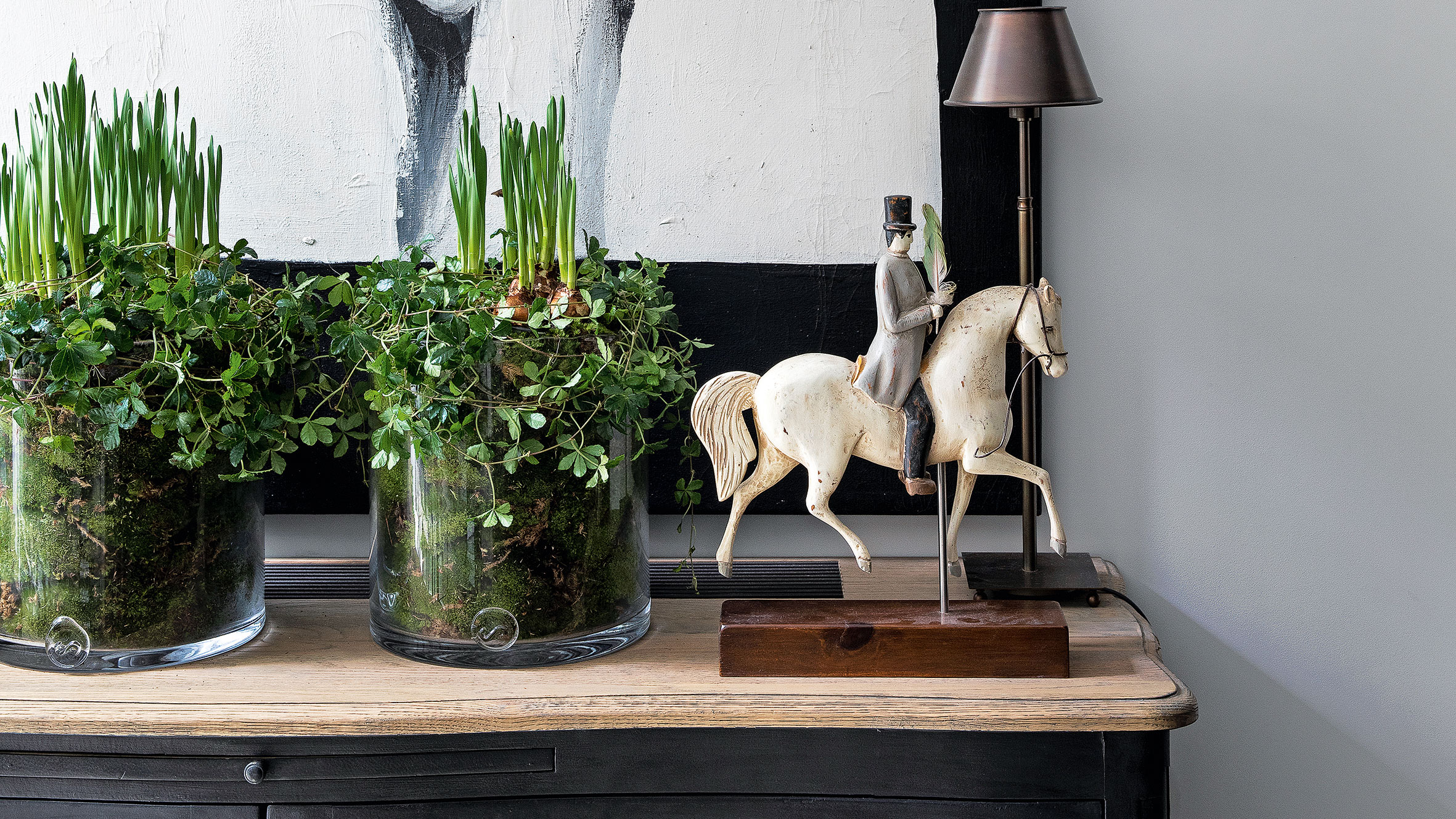

Biophilic design is set to be one of the most valuable interior design trends in recent years. We have never needed the healing powers of nature more than now, and it's exactly this that biophilic design seeks to harness in our homes and working spaces.
Once a niche trend, biophilia in architecture and home decor is something of an international movement now – it's even supported by an award-winning documentary feature called Biophilic Design: The Architecture of Life.
How can this architecture of life be incorporated into everyday home design? We've spoken to architects and interior designers who specialize in biophilia; here are their top tips for bringing nature into your home.
What is biophilia and why is it important?
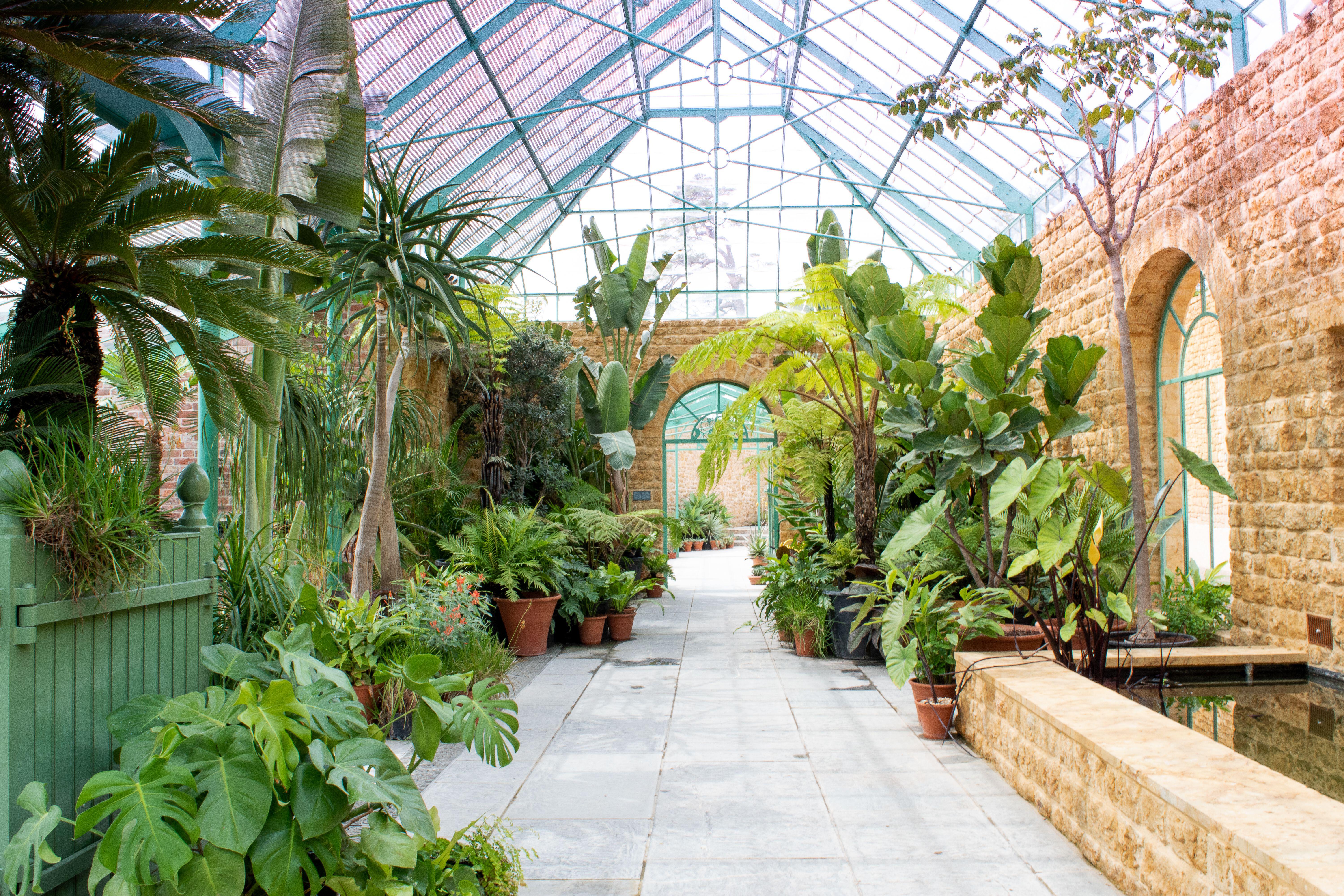
Biophilia literally means 'an innate and genetically determined affinity of human beings with the natural world'.
Biophilic design plays on our evolutionary need to be close to the natural world, and is often described as 'architecture of life'. Incorporating biophilia into our public and private spaces by bringing elements of the natural world into them is said to improve both physical and mental health, as well as encouraging productivity.
What are the benefits of biophilic design?
Biophilic design, quite simply, makes us happier and healthier by increasing our connection with the natural world, even indoors, whether we are at work or at home. It is said to promote productivity, too, which is why employers are sitting up and taking notice.
What is biophilic design in architecture?
Biophilic design in architecture looks at the big picture of a build or renovation. Buildings designed with biophilia in mind will have good natural lighting and ventilation, rather than a dependence on artificial lighting and air conditioning, while landscaping both visible from within the building, and within the building itself will be an important element.
Design expertise in your inbox – from inspiring decorating ideas and beautiful celebrity homes to practical gardening advice and shopping round-ups.
What is biophilic interior design?
Biophilic interior design is all about embracing the rules of biophilic architecture, with rooms benefitting from good natural daylight, natural color schemes and, of course, large quantities of house plants. The idea is that whichever room you are in, you can see or are surrounded by house plants.
See: Decorating with plants – Hilton Carter shares his top house plant styling tips
Which brings us to our experts' tips on biophilic design...
1. Let there be light
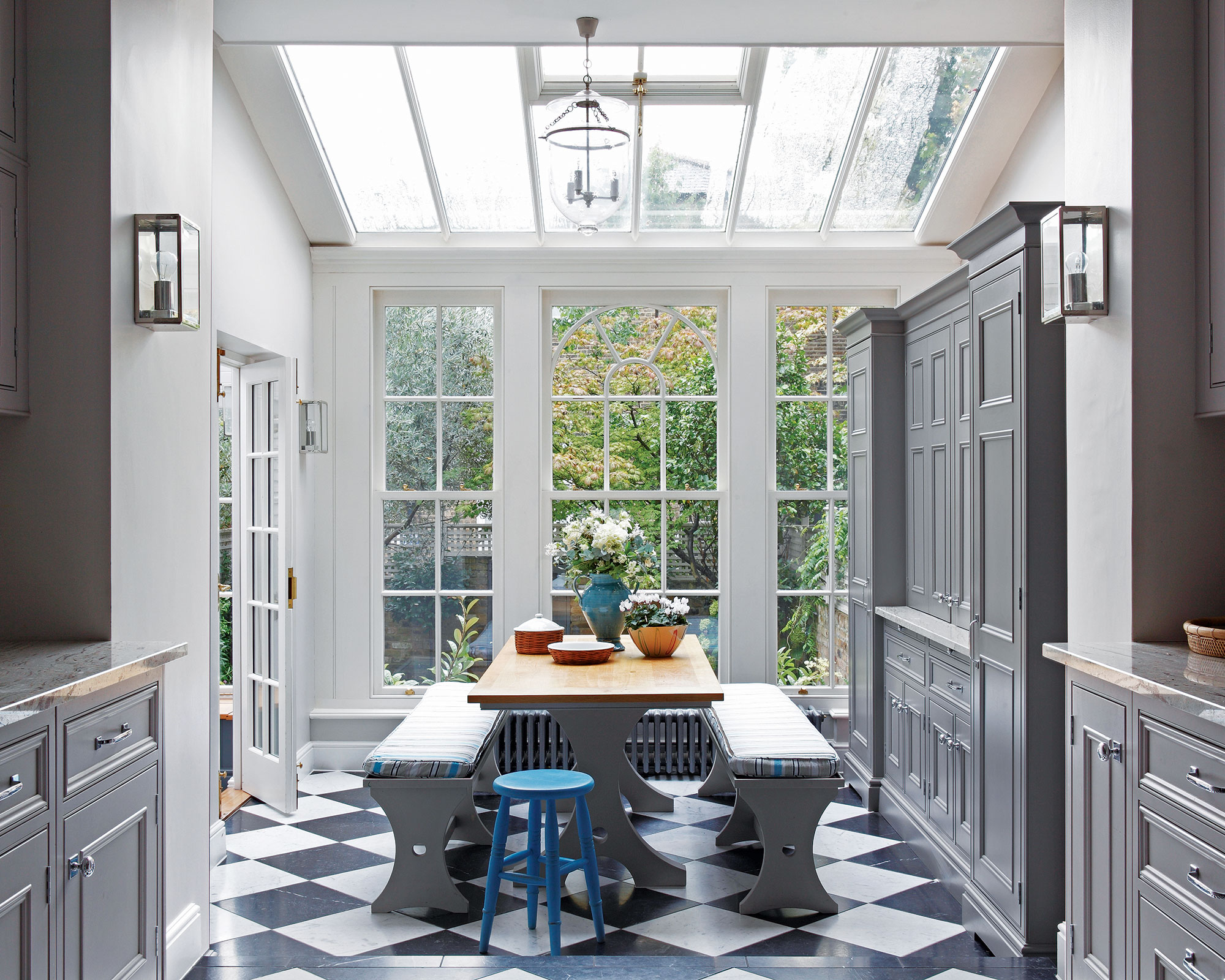
If you want to incorporate biophilic design elements into your home, the first thing to consider is your windows and the amount of natural light coming through them. Maximizing exposure to natural light is one of the cornerstones of biophilic design, which isn't big on heavy curtains or blinds.
Oliver Heath, from Oliver Heath Design, has recently launched an online course entitled Biophilic Design in the Home, and says: 'a “photon shower” (an intense burst of natural light taken each day) will help improve sleep at night and boost alertness during the day. Start by clearing obstructions from windows, be that plants outside, cleaning dirt from the glass but also pulling back curtains and drapes to let the light flood in.'
Oliver also advises reconsidering your layout – moving furniture as close to windows as you can. 'Light levels one meter from a window will be significantly brighter than even three meters away. So move furniture to maximize time and exposure to natural light within the home. This could be a small sofa or armchair positioned next to a window overlooking the garden, or perhaps move your desk to enhance a view out.'
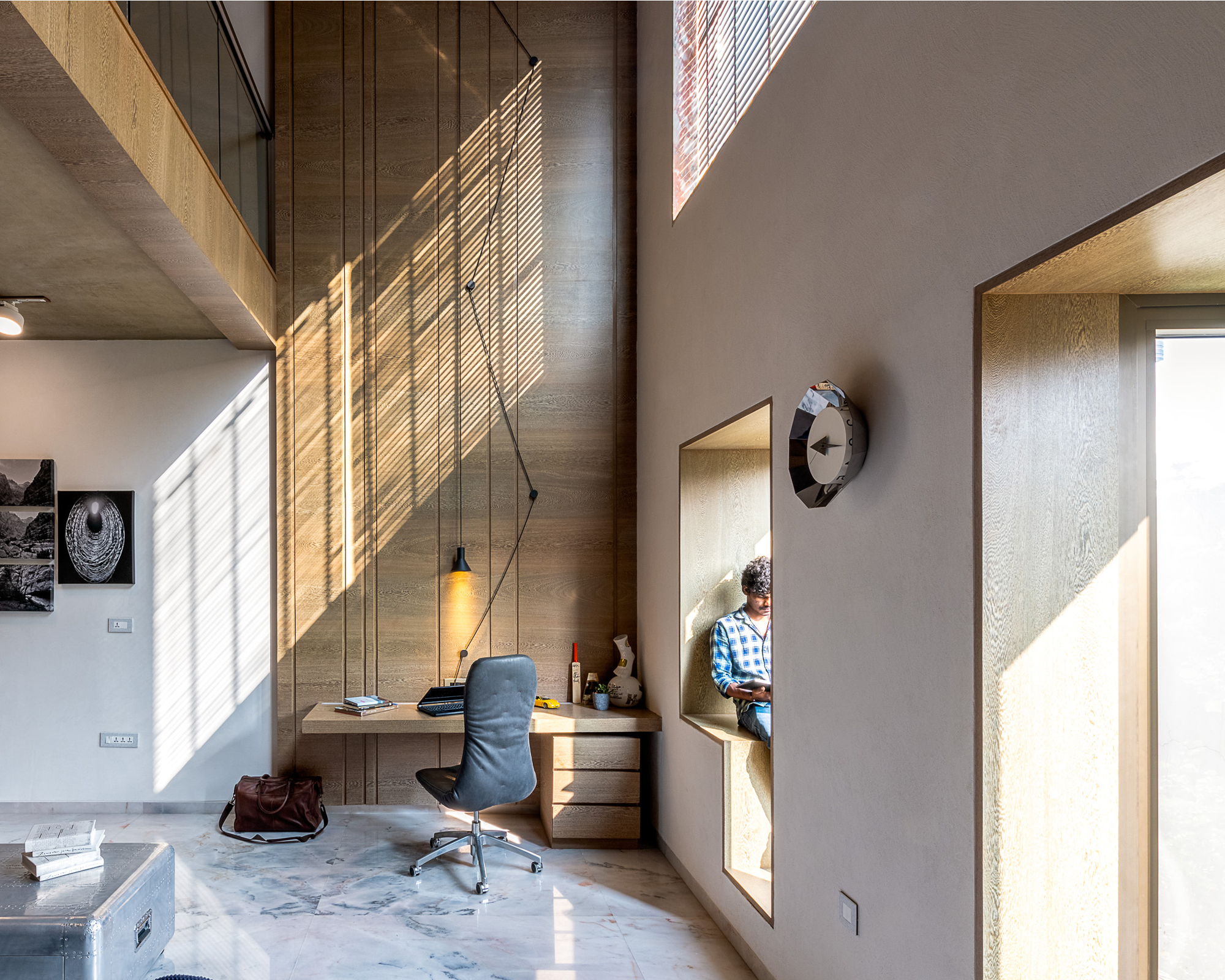
Green House Project, Boca do Lobo
2. Indulge in green room schemes
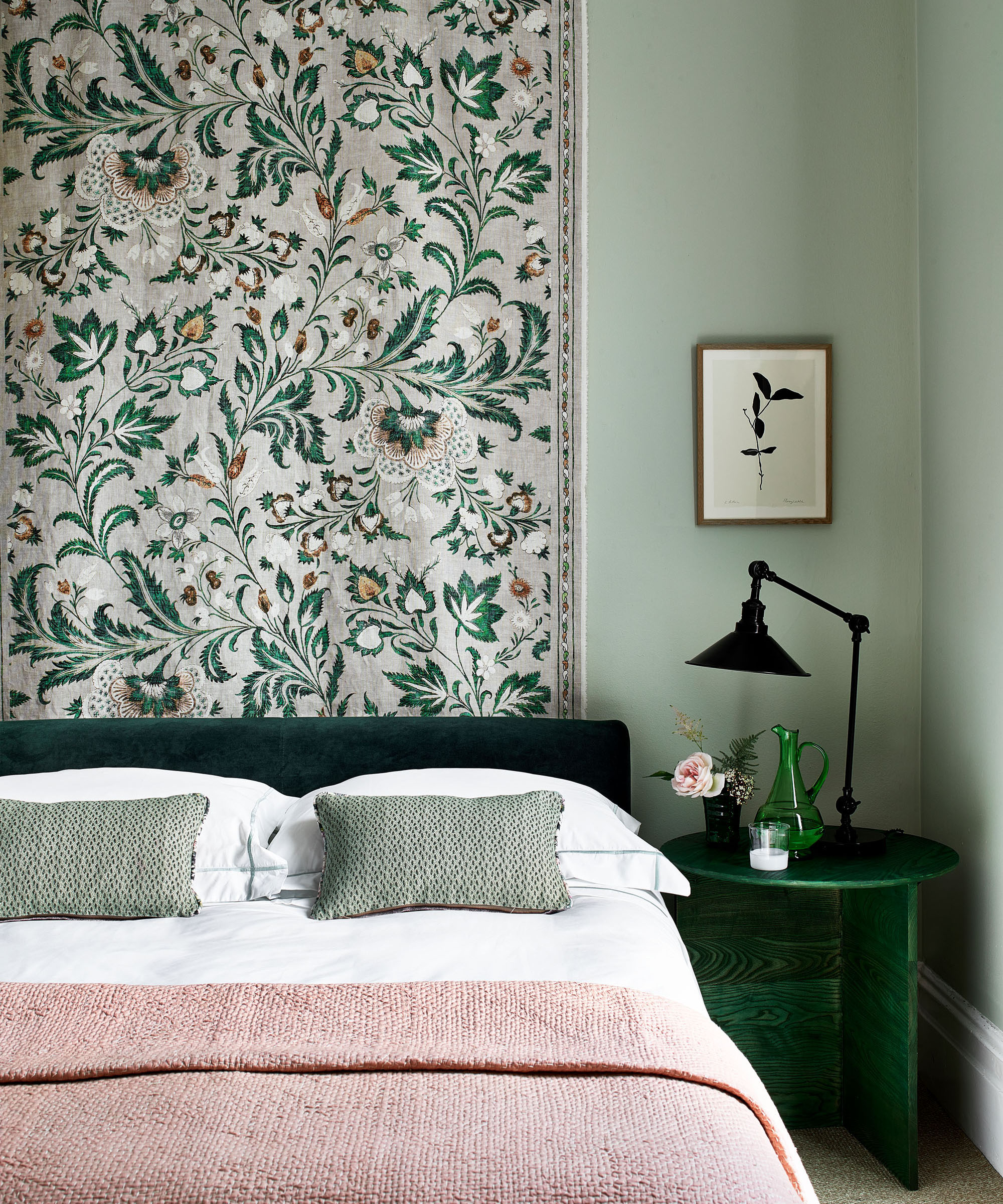
Unsurprisingly, biophilic design favors green in all its forms, whether it's accessorizing your home with plants or using green paint.
Interestingly, even if you don't want house plants in your home, just looking at the color green has been proven to be beneficial, one study found that green reduces our heart rate.
Green walls, furniture, or a combination will create a calming space that recreates the beneficial effects of being outdoors.
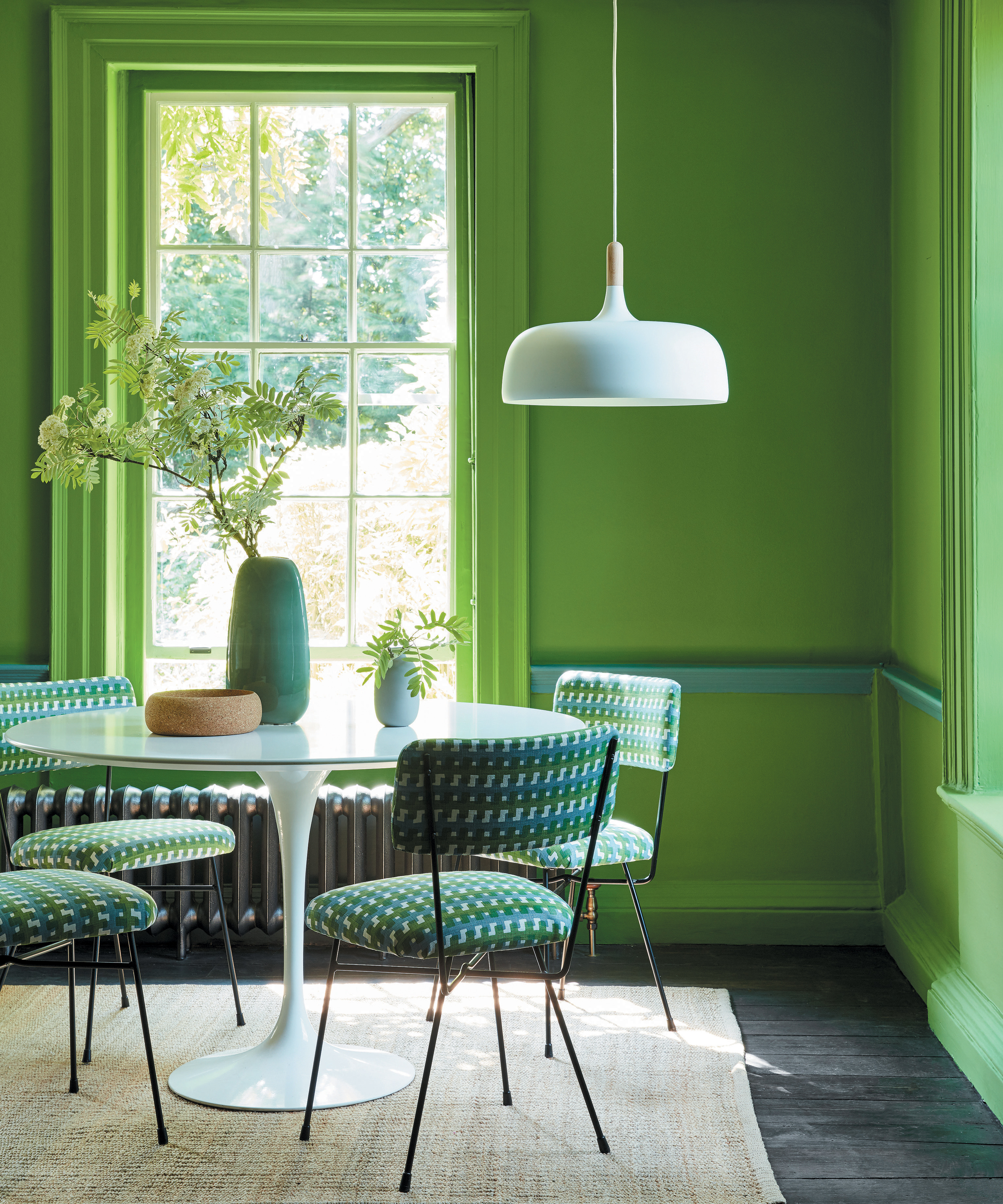
- See : Green room ideas – get your dose of this beautiful, natural color
3. Take cues from natural forms
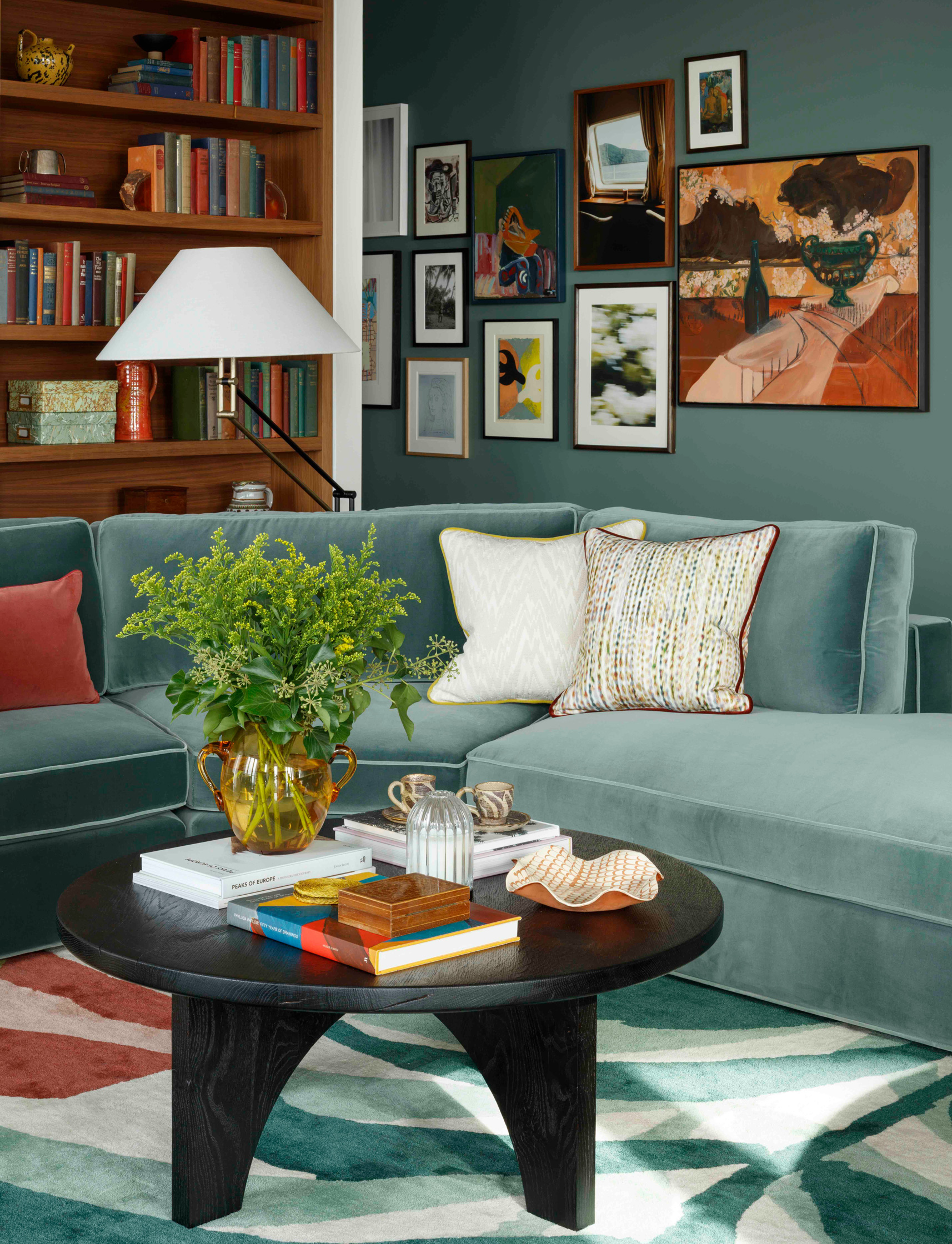
Room by Studio Ashby
If you've ever wondered why rounded shapes or certain patterns are so pleasing as part of home decor, the likely explanation is that they come from nature.
Zelda Elisco, Sustainable Designer from Abigail-Elise Design Studio, says: 'Curves in our built environment or furniture evoke a positive human reaction because of its resemblance to the natural shapes found in nature.'
She further explains that such design choices 'boost the activity of the parasympathetic nervous system, decrease stress levels, and encourage sense of well-being.'
The design elements you should specifically look for are curved furniture shapes and fractal design elements – scalloped detailing, botanical leaf motifs, and other details that take inspiration from fractal patterns.
See: 10 air purifying plants – for your home office and beyond
'Fractals are self-similar forms on different scales,' explains Zelda. 'The leaves of a fern or the branches of a tree are typical examples. No part of the natural world appears free from them: ocean waves contain smaller waves, etc.'
All of these elements of biophilic design are easy to incorporate into almost any home without the need for any major remodelling. Take inspiration from the natural world and enjoy a calmer, more productive environment.

Anna is a professional writer and academic. She taught English Literature for several years before joining Future where she wrote for Real Homes, Homes & Gardens and Livingetc for four years. She is a regular contributor for Parade Home, BiggerPockets, and many other publications. In her spare time, Anna enjoys hiking and gardening.